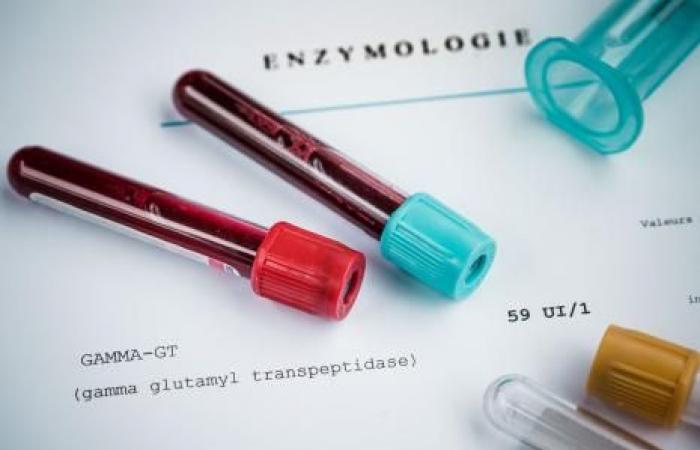
According to the intermediate results of a phase 3 randomized for large -scale Randomized Placebo, the semaglutide is effective in the steathepatitis associated with a metabolic dysfunction (MASH) for about two thirds of the patients. Led on more than 1,000 patients from 37 countries, the petrol trial shows that semaglutide treatment makes it possible to stop the progression of the Mash, or even reverse the course of the disease. These results are published in The New England Journal of Medicine.
Previous studies carried out by Pr Philip Newsome from King’s College in London, “ more modest but positive “had shown that the use of the semaglutide in the Mash was beneficial. “I have been working on GLP-1 treatments for sixteen years and these results are extremely interesting. The Mash is a growing problem worldwide and this test will bring real hope to patients with Mash. Although these results must be treated with caution, the analysis shows that semaglutide can be an effective tool to treat this advanced liver disease ”, commented Professor Newsome in a press release from King’s College.
Best for steatohepatitis and fibrosis for a third of the semaglutide group
The 1,197 participants, patients with a mash confirmed by biopsy with stadium fibrosis 2 or 3, were randomized in 2: 1 to receive for 240 weeks, i.e. a weekly injection of 2.4 mg of semaglutide, or a placebo. In both groups, treatment was associated with hygienodectic advice. In addition, more than half of the participants suffered from type 2 diabetes and approximately three -quarters of them were obesity.
After 72 weeks of treatment, the authors report the first intermediate results relating to 800 cohort patients. For the criterion of main judgment, 62.9 % of the participants of the Sémaglutide group (n = 534) presented a resolution of the steatohepatitis without aggravation of fibrosis against 34.3 % in the placebo group (n = 267). And in 36.8 % of the semaglutide group, hepatic fibrosis had reduced the steatohepatitis without deterioration (compared to 22.4 % in the placebo group). Finally, 32.7 % of the Sémaglutide group observed a resolution of the steatohepatitis and a reduction in fibrosis (against 16.1 %).
-Sumaglutide patients also observed an average weight loss of 10.5 % (compared to 2 % in the placebo group). The results were similar between the presence or the absence of type 2 diabetes or obesity and regardless of age, sex or fibrosis stage. Adverse effects were gastrointestinal in both groups and slightly more frequent in the Sémaglutide group (86.3 against 79.7 %).
Improvements in glucometabolic factors
Researchers also note an improvement in blood and imaging biomarkers, as well as clinical scores; But also an improvement in blood sugar, systemic inflammation, insulin resistance, blood pressure and lipid assessment. So, “Although formal hypothesis tests have not been planned or carried out, semaglutide seems to be associated with improvements in glucometabolic factors and non -invasive markers of liver health.”
The Resmetirom being today the only treatment authorized in the Mash with stadium fibrosis 2 or 3, the authors are delighted with these first evidence in favor of additional therapeutic options.







